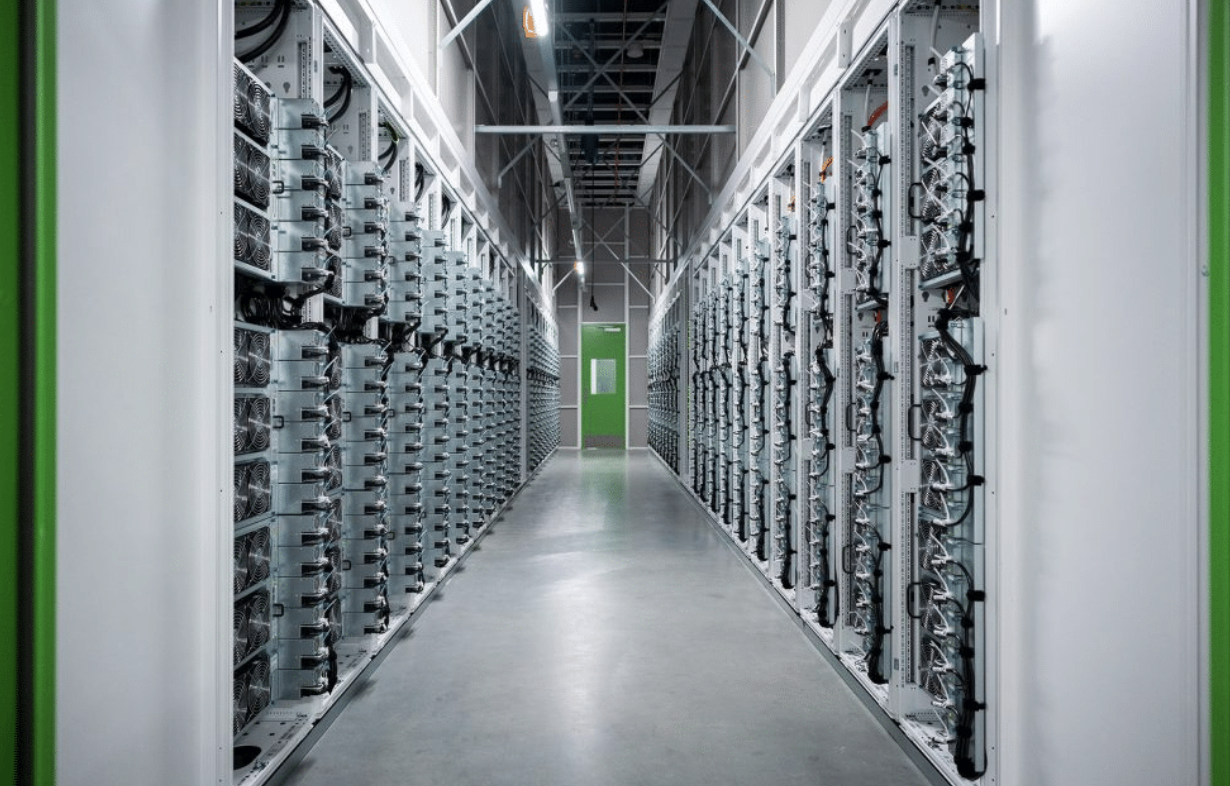KUALA LUMPUR, Nov 12 — Asia’s data centre expansion will significantly increase power demand through 2028, with Malaysia, Indonesia, and India identified as key growth markets in the region, according to BMI, a unit of Fitch Solutions.
Its technology team forecasts an average year-on-year growth rate of 9.7 per cent in data centre capacity across Asia Pacific (APAC) between 2025 and 2028.
“Asia’s data centre market is experiencing rapid growth, driven by surging digitalisation and cloud service demand.
“This stems from the data centre crunch in Singapore, where tight supply and rising lease prices have prompted data centres to expand regionally, with Malaysia’s Johor and Indonesia’s Batam emerging as preferred alternatives to service Singapore-based demand,” BMI said in a statement today.
In addition, the persistently rising electricity costs in the United States (US), which have more than doubled in some data centre hubs, are eroding the US’ long-term competitiveness in favour of Asia as an attractive investment destination.
“The current US administration’s policy direction to meet data centre demand with expensive natural gas-fired generation, coupled with reduced support for clean energy, threatens to significantly increase both the cost and timeline for bringing new power capacity online.
“Solar power, which offers the shortest lead time for deployment, faces policy headwinds, while the gas sector confronts long order backlogs for equipment and infrastructure,” it said.
In comparison, Asia offers shorter lead times for new renewables, particularly solar, and relatively competitive energy costs, reinforcing its appeal for global data centre operators seeking reliable, scalable power.
While Malaysia has been leading the region in data centre expansion, BMI said the pace of expansion is placing significant pressure on its land and power resources, including the grid.
Meanwhile, it viewed the Indian market as being the best positioned in the region to capitalise on data centres’ demand for clean power, owing to its supportive policy environment for renewable energy growth and power procurement.
“Over the next five years, we estimate that less than 10 per cent of India’s renewable output growth will be required to meet additional direct current (DC) power requirements, leaving substantial headroom for other sectors.
“This is in stark contrast to other hotspots, Malaysia, and Indonesia, where DC demand is about four times higher than renewables output growth, limiting the availability of clean and stable power,” said BMI.


-加码-scaled.jpg)

-加码-scaled.jpg)

















Leave a Reply